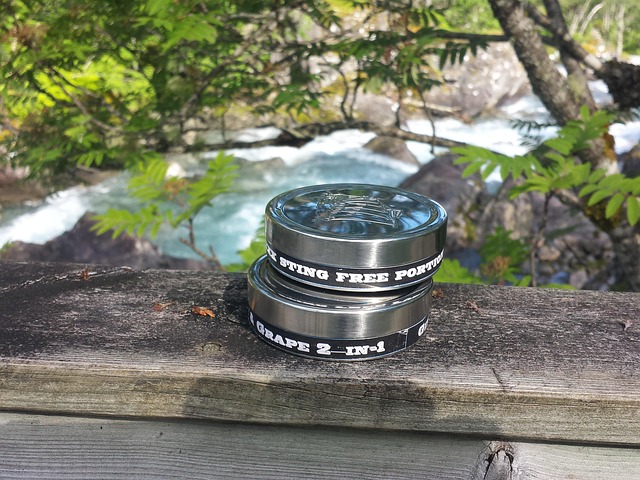Water damage in humid areas like San Antonio poses risks to carpets, leading to mold growth and structural damage. Prompt action is crucial: immediately remove affected materials, use specialized drying equipment, and adhere to cleaning protocols to prevent total carpet replacement and mitigate health risks from mold infestations. For water-damaged drywall repair, San Antonio residents should assess damage, remove contaminated materials with PPE, thoroughly dry the area, inspect studs for issues, ensure proper ventilation before repairs, and follow systematic restoration steps. Prompt action and these water-damaged drywall repair tips help protect homes and health in San Antonio.
In San Antonio, water mitigation and wet carpet restoration are essential services, especially with frequent flooding risks. This article guides San Antonio residents through understanding water damage’s impact on carpets and provides practical tips for efficient water-damaged drywall repair. We explore effective restoration techniques to ensure your carpets return to their pre-loss condition. Learn how to navigate the process, from initial assessment to final restoration, using proven methods tailored to the unique challenges of San Antonio’s environment.
- Understanding Water Damage and Its Impact on Carpets in San Antonio
- Steps for Efficient Water-Damaged Drywall Repair
- Restoring Wet Carpets: Techniques and Tips for San Antonio Residents
Understanding Water Damage and Its Impact on Carpets in San Antonio

Water damage can have severe consequences for carpets, especially in a humid climate like San Antonio’s. When carpeting is subjected to excessive water, whether from leaks, flooding, or high humidity, it becomes vulnerable to mold growth, dye runs, and structural degradation. The impact of water-damaged drywall repair tips for San Antonio residents are far-reaching; if not addressed promptly, it can lead to the complete replacement of the affected carpeting.
In San Antonio, where water damage is a common occurrence due to frequent rainfall and potential plumbing issues, understanding the urgency of quick response is crucial. Homeowners should be aware that prolonged exposure to moisture can cause carpets to become infested with mold, leading to health risks and unpleasant odors. Therefore, when faced with water-damaged drywall repair tips for San Antonio residents are essential, acting swiftly involves removing affected materials, using specialized drying equipment, and implementing proper cleaning protocols to restore the carpeting to its pre-damaged condition.
Steps for Efficient Water-Damaged Drywall Repair

Water-damaged drywall repair is a process that requires careful attention and the right techniques to ensure effective restoration in San Antonio homes. The first step is to assess the extent of the damage caused by water intrusion, whether from leaks, flooding, or other sources. Identify any affected areas, checking for mold growth or structural instability. This initial evaluation guides the subsequent repair steps.
Once the damage is identified, start by removing any contaminated materials, such as drywall or insulation, using personal protective equipment (PPE) to prevent further health risks. Dry the area thoroughly using fans and dehumidifiers, aiming to reduce humidity levels below 60%. After drying, inspect the studs and framing for warping or rot. Replace any damaged wood and ensure proper ventilation in the affected space. Only after these steps are complete can you proceed with repairing or replacing the drywall, ensuring a solid foundation for a successful restoration.
Restoring Wet Carpets: Techniques and Tips for San Antonio Residents

For San Antonio residents dealing with water-damaged carpets, prompt action is crucial to mitigate potential mold growth and ensure a successful restoration process. The first step involves assessing the extent of the damage. If the carpet is heavily soaked, it’s best to turn off the water source and extract as much excess moisture as possible using specialized equipment like industrial-strength vacuums and extraction machines. This initial drying phase is essential for preventing further deterioration of the carpet fibers and underlying water-damaged drywall repair tips for San Antonio residents.
Once the carpet appears visually dry, professional restoration services recommend a thorough inspection to identify any water seepage or hidden moisture pockets within the padding and backing. Using advanced tools like moisture meters, experts can pinpoint problem areas and implement targeted drying techniques, including air movement, dehumidification, and subfloor drying. Following this, it’s important to address any necessary repairs to the water-damaged drywall repair tips for San Antonio residents, ensuring a complete restoration that not only saves your carpets but also protects your home from further water damage.
In conclusion, water mitigation and wet carpet restoration are crucial steps for San Antonio residents to ensure their home’s safety and the longevity of its carpets after water damage. By understanding the impact of water damage on carpets and following efficient techniques like those outlined for water-damaged drywall repair, homeowners can effectively restore their carpets to a pre-damaged state. These strategies not only enhance the aesthetics but also prevent mold growth and structural issues, making them invaluable tips for San Antonio residents dealing with water-damaged drywall and carpets.
